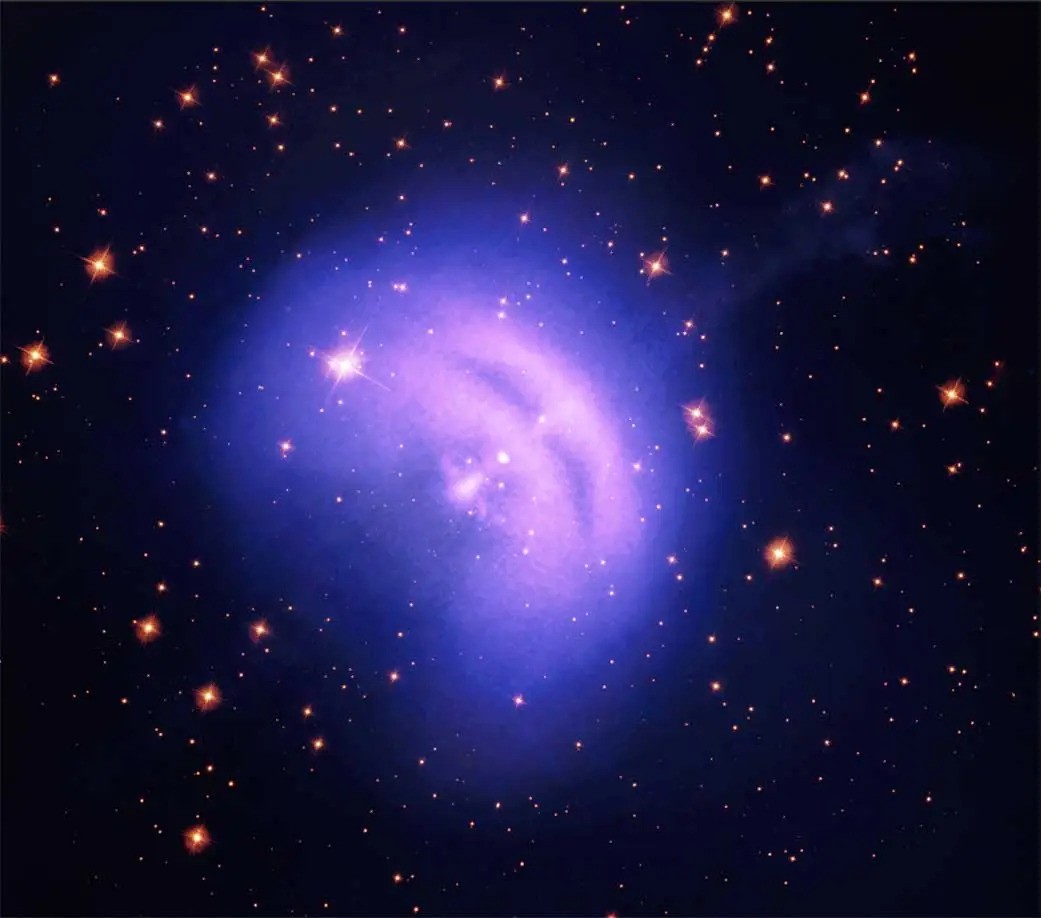Researchers are studying a mysterious source of gamma-ray radiation discovered near the center of our Galaxy. It has no analogues in other ranges. Scientists have delved into archival research and made an assumption about what it is.

Mysterious source of radiation
On January 24, a study on one of the most mysterious objects discovered during the 2FHL sky survey appeared on the arXiv preprint site. It is extremely bright in the gamma range, but is not identified with any visible object.
The second catalog of high energy sources Fermi-LAT (2FHL) contains information on the location, spectra and variability properties of 360 sources previously detected in the energy range of 50 GeV-2 TeV within the framework of the NASA Fermi mission. In particular, there are 12 very high energy sources (VHE) in the galactic plane with a gamma photon index of less than 1.8, which so far have no connection to visible objects.
One of these unassociated sources of ultrahigh energies is 2FHL J1745.1-3035, located close to the center of the Galaxy. In gamma rays, it is the second brightest among non-associated VHE sources in the 2FHL sample. Preliminary observations have shown that it mainly emits energy in the range of 50 GeV, but is also active in TeV.
Data analysis of new space telescopes
To shed more light on the properties and nature of 2FHL J1745.1-3035, a group of astronomers led by Stefano Marchesi from the University of Bologna in Italy analyzed new archival data from NASA’s Chandra and NuSTAR spacecraft, as well as ESA’s XMM-Newton satellite.
After analyzing the X-ray and gamma-ray spectra of 2FHL J1745.1-3035, astronomers found that the X-ray source is compact, with no signs of expansion. However, observations on Chandra allowed the researchers to detect significantly expanded radiation to a scale of about 5 arc seconds.
A study of the spectral properties of 2FHL J1745.1-3035 shows that the source is very rigid at energies below 10 keV and significantly softer in the higher energy range. According to the study, the broadband X-ray spectrum of the source is best described by a model with a broken power law with break energy of about 7 keV.
Pulsar wind nebulae
The authors of the study conclude that their results indicate that 2FHL J1745.1-3035 is most likely a powerful pulsar wind nebula (PWN). They are clouds of gas that emit energy due to the impact of the pulsar wind on them. The latter consists of charged particles, and when it collides with the environment of this object, in particular, with a slowly expanding supernova ejection, it forms a PWN.
If the pulsar wind nebula scenario for 2FHL J1745.1-3035 is confirmed by further studies, it will be one of the heaviest PWNe ever detected in X-rays and the heaviest ever detected in gamma rays.
According to phys.org
Follow us on Twitter to get the most interesting space news in time
https://twitter.com/ust_magazi


